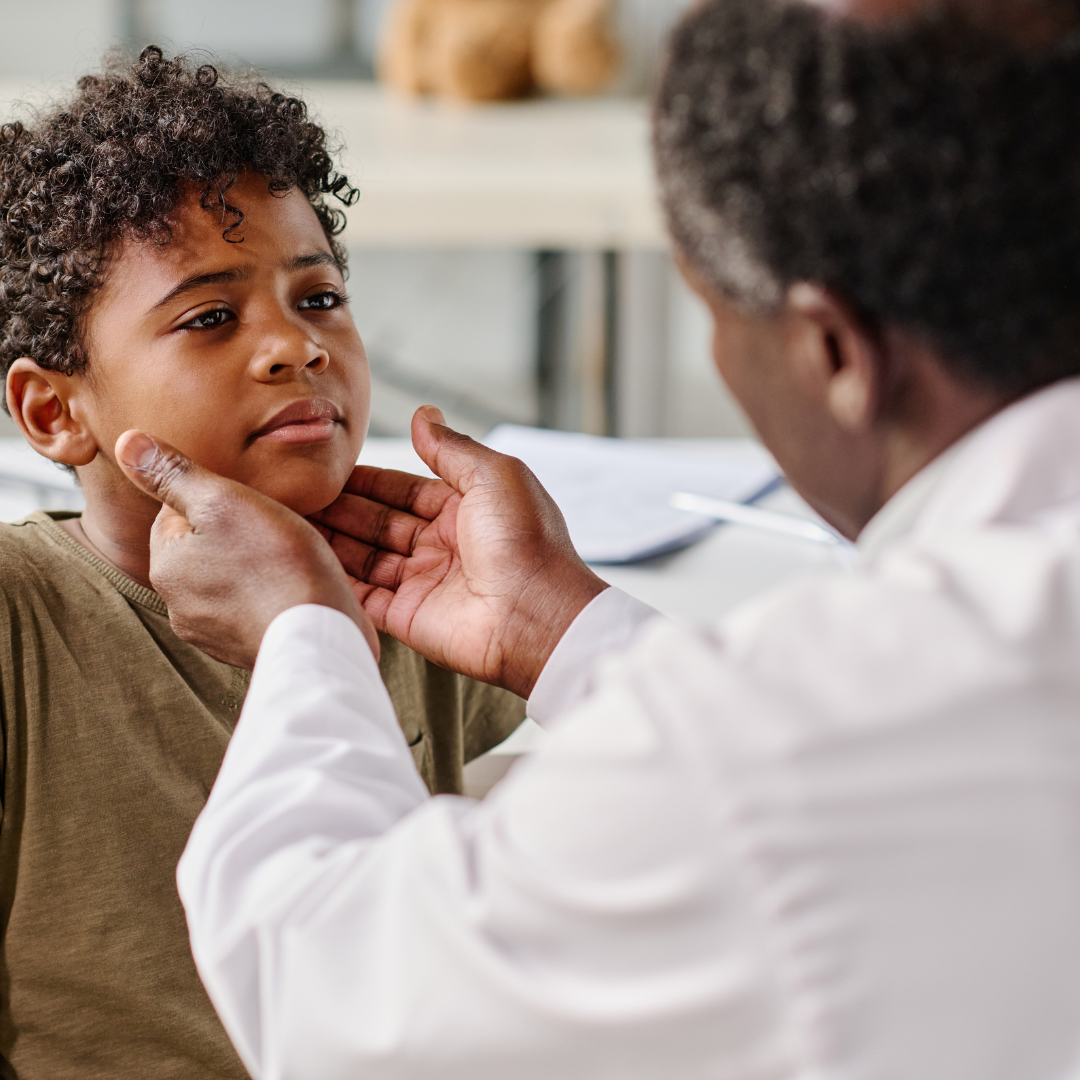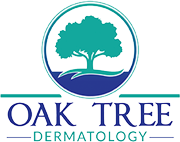
Understanding Pediatric Dermatology and Its Importance
Pediatric dermatology is a specialized field dedicated to diagnosing and managing skin, hair, and nail conditions in children. Its significance lies not only in addressing common skin issues but also in understanding the unique physiological differences between children’s and adults’ skin. These differences make pediatric dermatology a crucial area of study and practice.
The skin of a child is thinner and more sensitive than that of an adult, rendering it more susceptible to irritants, allergies, and infections. This vulnerability underscores the importance of pediatric dermatology, as it requires a nuanced approach tailored to the delicate nature of young skin. Furthermore, early intervention in dermatological conditions can prevent potential complications that might affect a child’s overall health and development.
Why Pediatric Dermatology Matters
- Prevention of Long-term Effects: Early diagnosis and treatment can prevent chronic issues and minimize scarring or disfigurement that can have lasting psychological and social impacts.
- Holistic Care: Pediatric dermatologists provide comprehensive care that considers the physical and emotional well-being of the child, involving families in treatment plans to ensure effective management.
- Educational Role: Educating parents and caregivers about skin care and prevention strategies is a vital component, empowering them with knowledge to manage and prevent skin conditions.
In essence, pediatric dermatology is not just about treating skin conditions; it’s about promoting healthy skin development and ensuring that children can grow up with confidence and comfort in their own skin. This field’s importance cannot be overstated, as it lays the foundation for a lifetime of healthy skin habits.
Identifying Common Skin Conditions in Children
Children’s skin, with its delicate and developing nature, often falls prey to a myriad of skin conditions that can cause concern for parents and discomfort for the little ones. Identifying these conditions early is crucial for effective management and treatment. Here, we explore some of the most prevalent skin issues affecting children, providing insights into their symptoms and causes.
One prevalent condition is eczema, also known as atopic dermatitis. This chronic issue manifests as dry, itchy patches on the skin, often appearing on the face, elbows, or behind the knees. Eczema is largely influenced by genetic factors and environmental triggers, such as allergens or irritants.
Another common condition is diaper rash, a form of irritant dermatitis that affects infants. It is characterized by red, inflamed skin in the diaper area, typically caused by prolonged exposure to moisture or friction. Quick changes and barrier creams can often alleviate this condition.
Impetigo, a highly contagious bacterial infection, presents as red sores that develop into honey-colored crusts. Typically seen around the nose and mouth, impetigo is more common in warm weather and can spread rapidly in close-contact settings, such as schools or playgrounds.
Warts, caused by the human papillomavirus (HPV), appear as small, grainy skin growths and are especially common on children’s hands and fingers. While they are generally harmless, they can be unsightly and occasionally painful.
By recognizing these conditions, parents and caregivers can take proactive steps to manage symptoms and seek medical advice when necessary, ensuring children’s skin remains healthy and comfortable. Understanding these skin issues is the first step toward effective treatment and prevention, fostering peace of mind for caregivers and relief for their young charges.
Exploring Eczema: Causes, Symptoms, and Management
Eczema, also known as atopic dermatitis, is a common skin condition that often surfaces in childhood, affecting a significant number of young individuals worldwide. Understanding its causes, identifying its symptoms, and knowing how to manage it effectively are crucial steps for parents and caregivers to ensure the comfort and wellbeing of their children.
Causes of Eczema
At the heart of eczema lies a complex interplay of genetic and environmental factors. Children with a family history of allergies or asthma are more prone to developing eczema, suggesting a hereditary component. Environmental triggers such as allergens, irritants, stress, and changes in weather can exacerbate the condition. The skin’s inability to retain moisture, leading to dryness and susceptibility to irritants, also plays a pivotal role in the onset of eczema.
Recognizing Symptoms
The symptoms of eczema vary but typically include dry, itchy, and inflamed skin. Affected areas may present as red patches, commonly appearing on the face, elbows, knees, and other areas where the skin flexes. In some cases, the skin might become thicker and form small, fluid-filled blisters that can ooze and crust over if scratched. Recognizing these symptoms early can help in managing the condition before it worsens.
Effective Management Strategies
Managing eczema involves a combination of lifestyle adjustments and medical interventions. Keeping the skin well-moisturized is paramount, requiring the regular application of emollients to lock in moisture. Avoiding known irritants, such as harsh soaps and synthetic fabrics, can prevent flare-ups. In instances of severe symptoms, medical treatments like topical corticosteroids or antihistamines may be recommended by healthcare professionals. Additionally, incorporating a gentle skincare routine and ensuring a balanced diet can support overall skin health.
By understanding eczema’s causative factors, monitoring symptoms, and adopting appropriate management strategies, parents can help alleviate their child’s discomfort and improve their quality of life.
Addressing Acne in Young Skin
Acne can be a source of self-consciousness for many young individuals, especially when it appears on their typically smooth, youthful skin. It is a prevalent condition, often manifesting as pimples, blackheads, or whiteheads, predominantly on the face, neck, back, and shoulders. Understanding the root causes and effective treatments is crucial for managing this common skin concern among children and teenagers.
Understanding Acne Causes
Young skin is particularly susceptible to acne due to hormonal changes that occur during puberty. These changes stimulate the sebaceous glands to produce excess sebum, an oily substance that can clog pores. This environment becomes a breeding ground for bacteria, leading to inflammation and the formation of acne lesions.
Treatment Approaches
Successfully treating acne requires a gentle approach tailored to sensitive young skin. Here are some effective strategies:
- Gentle Cleansing: Encourage the use of a mild, non-comedogenic cleanser to remove excess oil and dirt without stripping the skin of its natural moisture.
- Topical Treatments: Over-the-counter topical treatments containing benzoyl peroxide or salicylic acid can reduce bacteria and promote exfoliation.
- Moisturizing: Opt for oil-free, hydrating products that prevent dryness and irritation, maintaining the skin’s balance.
- Professional Guidance: If acne persists or worsens, consulting a dermatologist can provide access to prescription treatments tailored to the individual’s specific skin needs.
By adopting a comprehensive skincare routine and seeking professional advice when necessary, young individuals can effectively manage acne and maintain healthy, clear skin. This proactive approach not only improves physical appearance but also boosts self-esteem during these formative years, setting a foundation for lifelong skin health.
“`html
Recognizing and Treating Rashes Effectively
Rashes are a common occurrence in children and can often cause concern for parents. Understanding how to recognize and treat these skin conditions effectively is crucial in ensuring a child’s comfort and health. Rashes can manifest in various forms, from mild irritations to more severe outbreaks, each requiring different approaches to management.
Identifying Different Types of Rashes
To address rashes properly, it’s essential to identify their type. Common rashes in children include diaper rash, eczema, and chickenpox. Diaper rash typically appears as red, inflamed skin in areas covered by a diaper. Eczema presents as dry, itchy patches that may become red and inflamed, especially in the creases of elbows and knees. Chickenpox, on the other hand, is characterized by itchy, blister-like spots spread across the body.
Treatment Strategies
Treatment varies depending on the rash type. For diaper rash, maintaining a dry and clean diaper area is paramount. Frequent diaper changes and applying a barrier cream can help soothe and protect the skin. For eczema, moisturizing the skin regularly with fragrance-free lotions or ointments can alleviate symptoms. In some cases, a doctor may recommend topical corticosteroids to reduce inflammation. Chickenpox usually requires supportive care, such as soothing baths and calamine lotion, to reduce itching while the body fights off the infection.
Parents should monitor their child’s rash closely. If a rash persists or is accompanied by other symptoms like fever or pain, consulting a healthcare professional is advised. By understanding and managing rashes effectively, caregivers can ensure their child’s skin remains healthy and their discomfort minimized.


